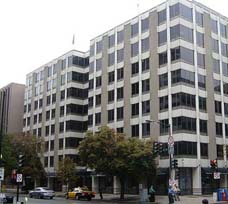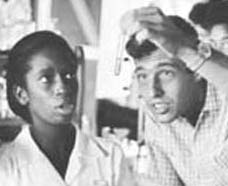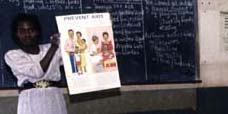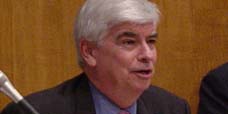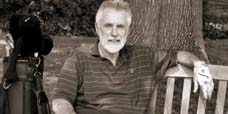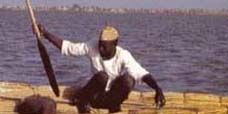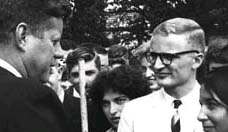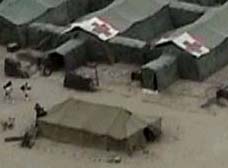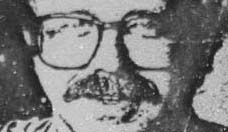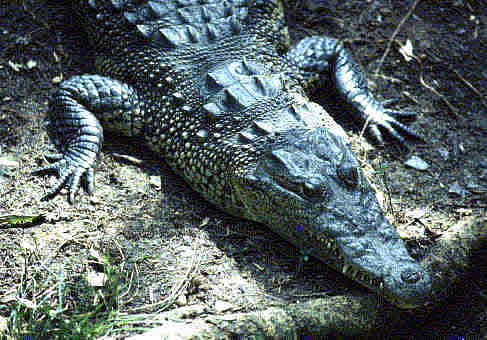
"Though I knew it was the right season for crocodiles, I have searched for these elusive reptiles on other rivers in Belize before without ever having any luck, so I was not entertaining high hopes. But not five minutes into our trip, as if sensing my doubt, Antonio's instinctive expertise turned on like sonar. Cued by the deft cut of the throttle, I followed his knowing gaze to the riverbank to see my first morelet crocodile: an impressive charcoal-gray-green body about three feet in length that silently protruded from the water's surface. It allowed us to putter closely to pay quick deference to its powerful, tapered jaws before it slipped in the river without sound or splash."
Belize Peace Corps Volunteer Bridget Igoe writes: The Crocodile Chronicles
The Crocodile Chronicles: From the Ovens of Orange Walk to the High Temple of Lamanai
By Bridget Igoe
Edited by Naturalight Productions
It was a Friday morning in Orange Walk Town and I was full of the fresh optimism associated with taking the day off. The weather was bright, breezy and dry, and held the promise of a comfortable tropical winter. It was an ideal day to take a trip up the New River to the Maya site Lamanai, and the perfect time of year to catch sight of Lamanai's namesake—the "Submerged Crocodile."
I had arranged for three friends and myself to take a river excursion to Lamanai with a tour company based in Orange Walk Town, near the southeast corner of Central Park. For me, this locale was reason enough to book the trip with them. Many of the other river-to-Lamanai tours begin at Tower Hill Bridge south of Orange Walk, woefully bypassing the town—the agricultural and social hub of Northern Belize.
As we waited for the fifth and final person in our tour group to arrive, our guide-to-be Antonio Novelo granted us time to make the short walk along the bustling streets to La Popular Panaderia for a quick taste of the local pastries and breads. Antonio's quick wink and broad smile let on to his shared appreciation of these freshly baked goods, true to their shop's name.
When we returned we were greeted by Larry, a middle-aged Swiss traveler who was ready to join our tour. No sooner had Larry enviously taken notice of our sweet and buttery La Popular treats when we were ushered into Antonio's mini-van for the minute ride down to the New River Park and boat launch, where our river cruise would begin.
The New River is the main waterway and access route to Lamanai Maya site. Lush jungle vegetation grows right up to the sun-drenched waters, which, heading south, camber their way to the sweeping New River Lagoon. As Antonio warmed the boat engine he explained that on our journey, which he estimated would take an hour-and-a-half, we would pass Orange Walk's Tower Hill Sugar Refinery, a rum distillery, a strict Anabaptist Mennonite community, and farther upriver, many small tributaries leading to small, tucked away Mestizo and Maya villages. Our ride would be leisurely paced, but if Antonio were to suddenly slow or stop the boat, we should be on the lookout for wildlife, particularly crocodile sightings.
Though I knew it was the right season for crocodiles, I have searched for these elusive reptiles on other rivers in Belize before without ever having any luck, so I was not entertaining high hopes. But not five minutes into our trip, as if sensing my doubt, Antonio's instinctive expertise turned on like sonar. Cued by the deft cut of the throttle, I followed his knowing gaze to the riverbank to see my first morelet crocodile: an impressive charcoal-gray-green body about three feet in length that silently protruded from the water's surface. It allowed us to putter closely to pay quick deference to its powerful, tapered jaws before it slipped in the river without sound or splash.
Antonio turned the throttle to resume travel. "So now you've seen your first crocodile. Any volunteers to touch the next one?" We had not made more than 30-seconds progress upriver when he cut the throttle again and pointed at a knobby body, twice as big as the last one. Antonio rightly took our silence to mean that the only crocodiles any of us would be making contact with were those of the cream-filled variety as seen at La Popular Panaderia.
By the time our boat passed beneath the Tower Hill Bridge we had seen five or six crocodiles, including two babies that were sunning themselves on logs. "There's another," said Larry, as if spotting crocodiles was popular recreation back home in Switzerland.
Satisfied with crocodile sightings, we continued upriver toward our final destination, passing some of the establishments Antonio spoke of earlier. I easily imagined we were traveling back through time as we passed first the modern, industrialized sugar mill, followed by the noticeably less-mechanized Mennonite settlement, and lastly the bare tree branches staked into the river to mark alternate waterways leading to remote villages. Except for a few occasional locals in worn, dugout canoes, only iguanas, egrets, black orchids, and with the assistance of Antonio's keen eye, long-nose bats could be seen amongst the thick tangle of riverside jungle.
"And this is Lamanai," announced Antonio, stirring me from my time travels. We had just entered the broad lagoon waters, crystalline in the mid-morning sun. Antonio landed us at a convenient boat dock and suggested we have a quick snack before we toured the site. Having just gotten off the isolated and wild New River, the grounds of the Lamanai Visitor Center and picnic area seemed strangely manicured. Outside this landscaped area, however, the towering guanacaste and ceiba trees reminded me that this was indeed the jungle, a fact echoed by the howler monkeys that loafed in the high, sunny branches above.
Firsthand experience on the river had already explained why Lamanai, which in Maya means "Submerged Crocodile," is fittingly named so. It came as no surprise to see this motif repeated throughout the site, such as in the 13-ft carving of Crocodile Mask at the base of the Mask Temple which depicts an ornamental mask of a man in a crocodile-headdress.
During the tour, I learned that Lamanai had the longest known occupation of the Maya era, beginning in 1500 BC and thriving up until the arrival of the Spanish in the 16th-century. As we stood before some of the structures, Antonio showed us drawings that depicted a succession of alterations made on various buildings, proof of the prospering perseverance and development of Lamanai long after the rapid decline of most other Maya cities. Lamanai's longevity, Antonio noted, is best explained by its advantageous location on an inland waterway with access to maritime trade.
Another outstanding feature of Lamanai can be seen at its ball court, which despite its relatively small size boasts one of the largest known markers. Beneath this circular marker, archaeologists found a ceremonial vessel containing liquid mercury, thought to have come from Guatemala. Lamanai is also well known for Stela 9, which depicts Lord Smoking Shell and a corresponding date commemorating the lord's reign. Buried beneath Stela 9, archaeologists discovered the remains of five young children at what they believe to be an important burial site.
Lamanai's tallest structure, the aptly named High Temple, rises over the jungle canopy to a steep 125 feet. Many other Maya sites are actually taller and in better shape. Belize's own El Castillo of Xunantunich and Caána of Caracol, both in the Cayo District, rise 130 and 141 feet, respectively. But Lamanai's high temple is the tallest known Pre-Classic structure, and construction of it began in 100 BC, long before its Classic and Late Classic neighbors to the west. To stand atop this temple is to experience the haunting eloquence and obvious dignity commanded by a Maya site—much like witnessing the powerful grace of a silently submerging crocodile.
Looking over the front side to the southeast, the view from Lamanai's High Temple is an impressive panorama of the far-reaching waters of the New River Lagoon as they snake toward the distant Maya Mountains. From the backside, there is only the jungle, extending as far as the horizon like a green sea. Looking down, all I could see was the sheer drop of Maya "stairs," and at the bottom, Antonio's nervous watch that pleaded we don't fall. Crocodile Hunter Larry stepped forward and led the way.
"Well, since no one fell victim to this 'Submerged Crocodile,' anyone who decides to swim with the others gets a refund," Antonio reminded us over a lunch of stewed chicken, stewed beans, white rice, and some pepper-onion sauce that had more bite than anything lurking in the New River. There were still no takers for Antonio's bid, but Larry was looking increasingly more confident as he heaped three spoonfuls of the habañero relish onto his rice.
"Antonio," I began, still unsure of whether or not he was kidding, "I can't speak for Larry, but I think that if we make it back to town by 4:00 we might have enough time to pick up a couple of crocodiles that the rest of us can swallow." It took him a second, but my allusion earned Antonio's big smile as only pan dulce* can.
